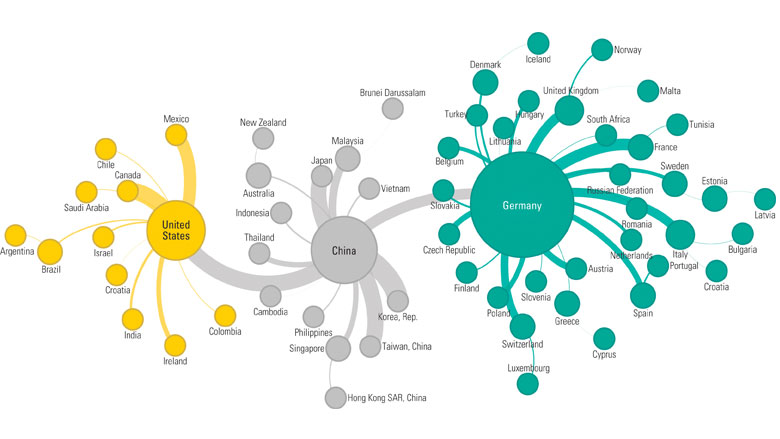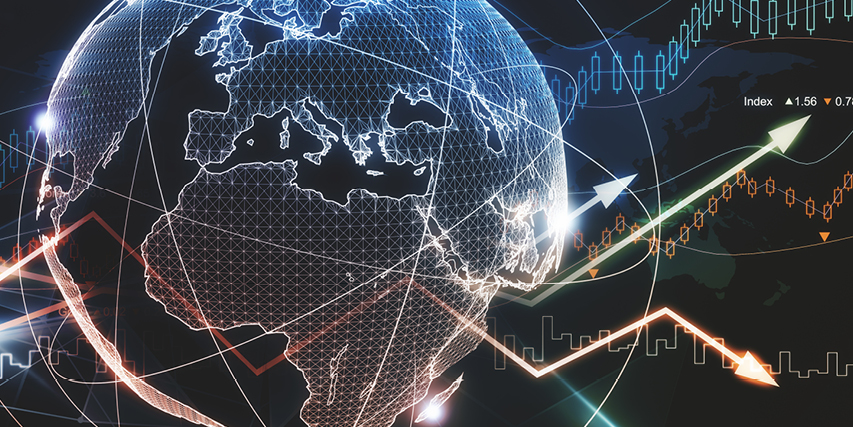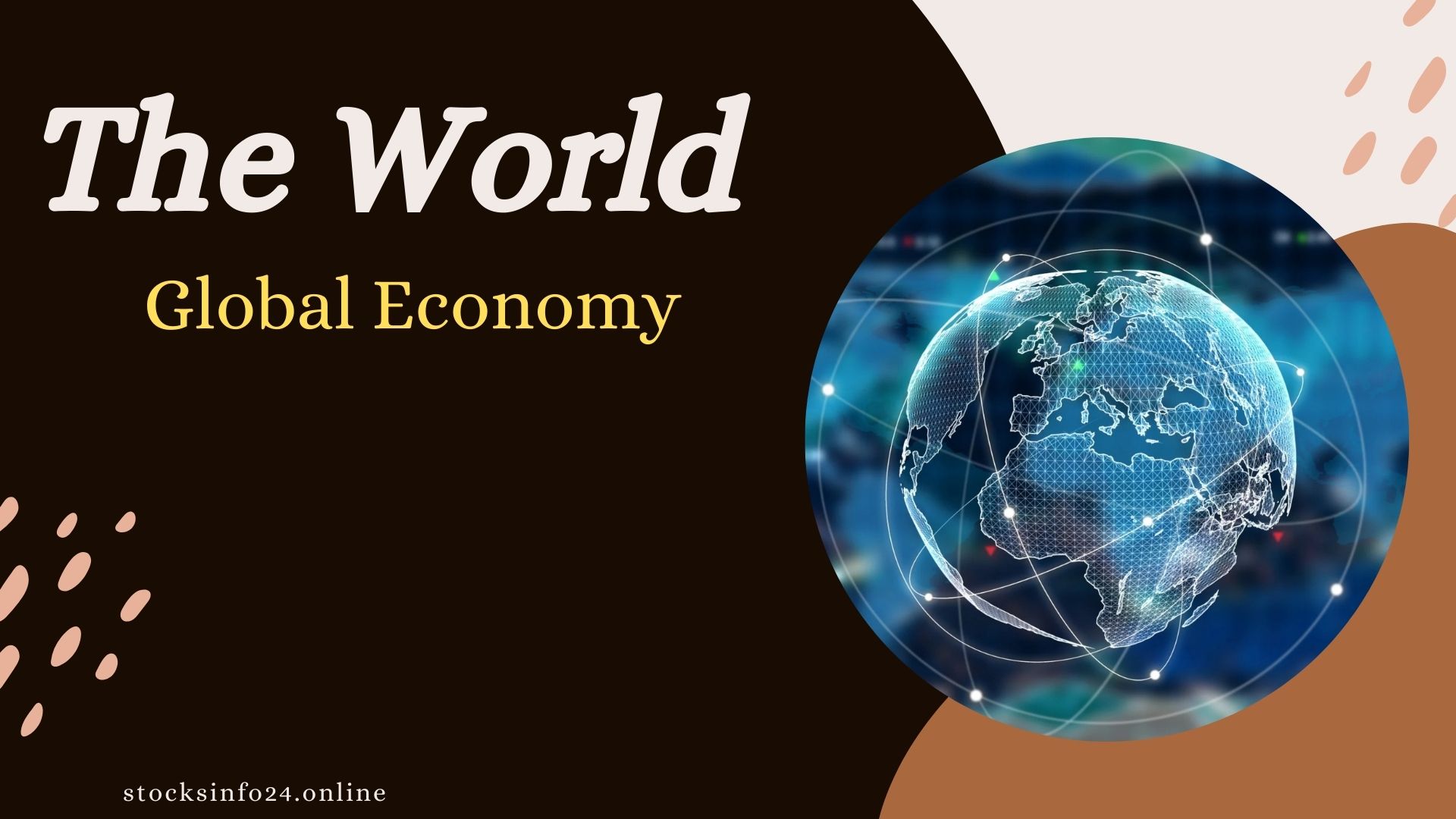The World Global Economy
The global economy has more than doubled in the last two decades to USD85.91 trillion in 2018, according to the World Bank.
What is the global economy
The global economy is an economy in which wealth and resources move across national borders. The movement also includes goods, services people skills and ideas.

A country deals with the global economy through international trade and capital flows. The development of technology also allows the flow of information from one country to another.
Globalization has increased with:
- Reduction of regulatory obstacles
- More sophisticated technology
- Low transportation costs
- Increased interdependence between countries
Globalization leads to greater efficiency of economic resources. Companies can take advantage to cheaper labor in developing countries. These developing countries can adopt a developing countries can adopt a developed country’s technology to build their economies.
Information technology is taking a prominent role
The internet and information technology enable more intense trade and production. We can sell products locally and abroad. Companies big and small can utilize the internet. With globalization, the market is wider but competition is also greater.
Technological progress also disrupts conventional business models. Some industries, such as newspapers and retail, have been hurt by the presence of new digital business models.
The emergence of new economies
China, Indonesia, India, and several other developing countries have emerged as a new power in the global economy.

The government plays a role in international business
Some governments support domestic companies, both directly and indirectly. Many state-owned companies have expanded overseas.

That is one form of government participation in the international business.
A growing global value chain
Transnational companies try to take specific advantages from each country. For example, some countries have abundant raw materials supply and cheaper labor costs.

The companies break down the production process in various countries to exploit those benefits.
Homogenization of culture
Globalization also transmits ideas, meanings and values from one country to another. People are starting to adopt trends from other countries.

Global economy challenges
A connected global economy can also have negative consequences.
Among the issues of adverse effects are: The World Global Economy
- Global economic inequality and uneven economic development
- Global poverty
- Endless non-renewable resources
- Environmental depletion and global warming
- More vulnerable to contagion effects of the economic and financial crisis
- The increasing geopolitical tension.
Global and regional outlooks
Global growth is stabilizing as inflation returns closer to targets and monetary easing supports activity. This should give rise to a moderate global expansion of 2.7 percent in 2025-26.

However growth prospects appear insufficient to offset the damage done by several years of negative shocks. Heightened policy uncertainty and adverse trade policy shifts represent key downside risks.
Other risks include escalating geopolitical tensions, higher inflation and more extreme weather events. Decisive policy action is needed to safeguard trade address debt vulnerabilities, combat climate change, pursue price stability boost revenues and rationalize expenditures, lift human capital and bolster labor force inclusion. The World Global Economy
Regional perspectives
Emerging market and developing economy regions face varying growth prospects this year. Growth is projected to moderate in East Asia and pacific and in Europe and Central Asia, reflecting decelerations in some large economy.
In contrast a pickup is anticipated in Latin America and the Caribbean the Middle East and North Africa, South Asia and sub-Saharan Africa. Supported by robust domestic. In 2026 growth is to the downside centering on adverse shifts in global trade policies Escalating confilict slower growth in major economies higher inflation and attendant slower monetary policy easing and climate-related natural disasters pose additional downside risks.
East Asia and Pacific
Growth in the East Asia and pacific region is projected to slow to 4.6 percent in 2025 and 4.1 percent in 2026. Down from an estimated 4.9 percent in 2024, reflection a further deceleration in China.

In China growth is expected to decline from 4.9 percent in 2024 to 4.5 percent in 2025 and 4.0 percent in 2026 amid broad-based weakness in domestic demand Elsewhere in the region growth is projected to edge up to 4.9 percent in 2025 before setting at 4.7 percent in 2026 anchored by solid domestic demand.
Risks to the outlook remain tilted to the downside and center on adverse global policy shifts, particularly relating to trade policies and a sharper slowdown in China. Further downside risks include spillovers from an intensification of conflict notably in the middle East and climate-change-related natural disasters.
Prospects for U.S growth global inflation and monetary policies remain uncertain and present both upside and downside risks to the region.

